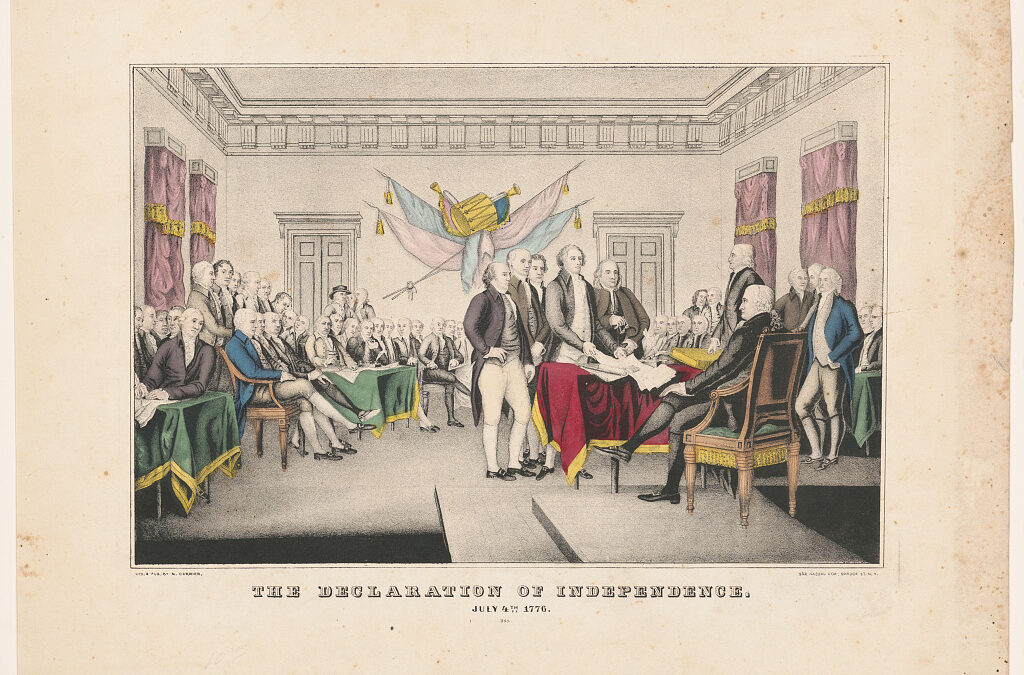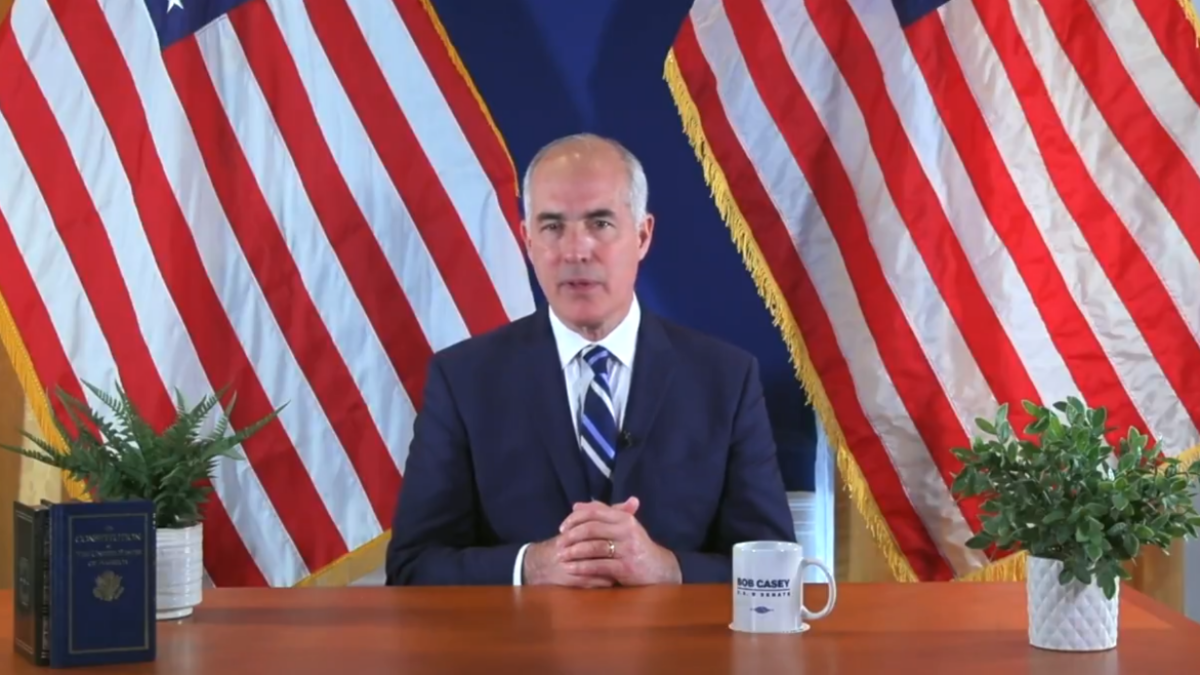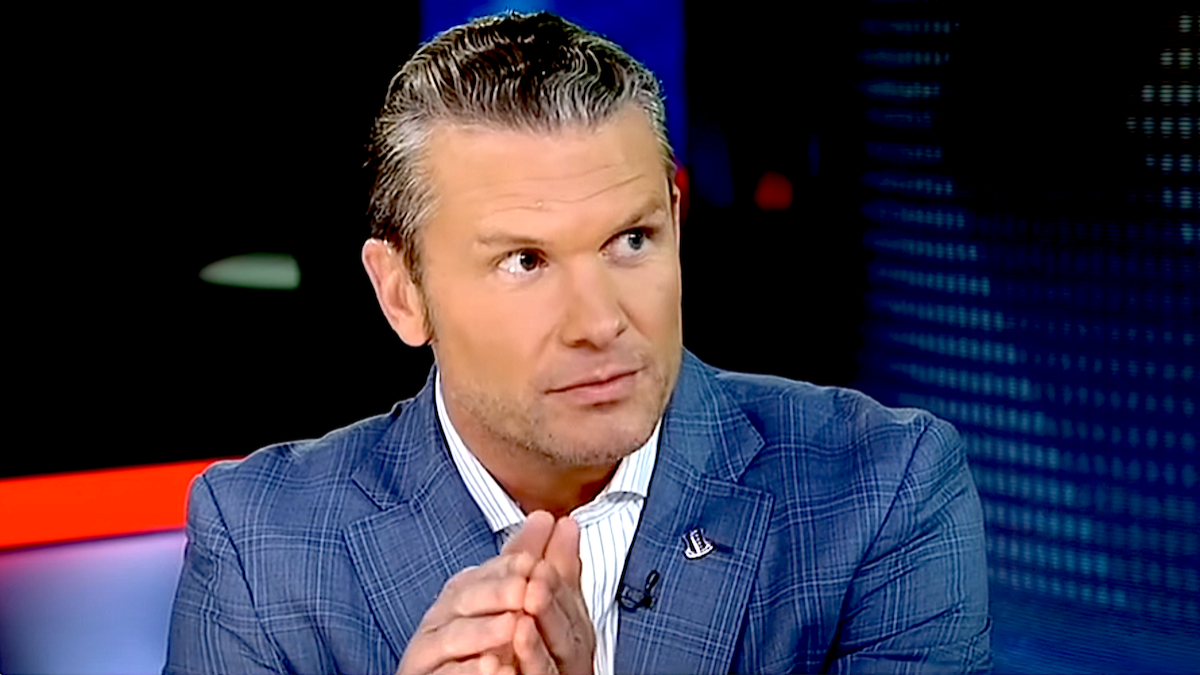Earlier this year, Arizona Gov. Doug Ducey made history by signing universal school choice into law. The importance of this development can hardly be overstated. Nationwide, a vast and growing legion of parents, as well as the general public, are coming to realize that with the right political leadership in place, educational freedom can be afforded to all families in an entire state, regardless of their financial status.
The midterm elections offered an opportunity to take another major step. And though the election did not bring about the anticipated red wave across the country, there were wins for educational freedom. As Corey DeAngelis summarizes, Florida Gov. Ron DeSantis, Iowa Gov. Kim Reynolds, New Hampshire Gov. Chris Sununu, Oklahoma Gov. Kevin Stitt, Tennessee Gov. Bill Lee, and Texas Gov. Greg Abbott each “blew out their opponents after making school choice a centerpiece of their campaigns.”
State superintendents who emphasized empowering parents were also elected. Ryan Walters of Oklahoma and Ellen Weaver of South Carolina are two noteworthy examples, both winning by double-digit percentage points. And there were victories for reformers in races for local school board positions, whose influence can also be profound.
Credit for these victories is due to a groundswell of parents who, over the past few years, spoke out and became actively engaged. Parents witnessing nothing short of educational malpractice, as public schools remained closed by Covid-19 long after it was safe to reopen and political indoctrination increasingly took precedence over foundational academic learning, led to the uprising.
The growing movement of parents seeking educational freedom has several facets.
Resisting the Far-Left Agenda
First, parents want educational freedom from the far-left agendas pushed on their children daily. The obsession with “equity” is eroding education, and parents know it. They see the results firsthand — learning standards are lowered, personal responsibility is being removed, student discipline is plummeting, curriculum and assessment priorities are misplaced, and race is the driving factor in teacher hiring rather than teaching qualifications.
Second, the majority of parents do not want radical gender ideology peddled to their children, nor to have them exposed to pornographic materials. Parents object to their children being subject to the active promotion of gender transition, which can bring about irreversible lifelong consequences. Materials that many parents deem not only age-inappropriate but frankly outrageous are becoming ubiquitous in school districts across the country. Knowing that many parents strongly object to the sexualization of their children and teens, school personnel often employ intentionally dishonest and secretive plans to keep parents in the dark about what is pushed on their minor-age children during the school day.
Finally, parents want freedom from the government-run K-12 education monopoly that is failing their children. They’ve observed firsthand the overall poor quality of public education, which was exacerbated by prolonged school closures and remote sessions. The veil has been lifted — parents are now keenly aware that public schools have no incentive to provide quality service or produce results.
The educational victories in various states are a testament to the power of the “parents’ party,” which, by many accounts, is still in its infancy. In the coming years, this parent movement will continue to grow in size and influence as public schools persist in doubling down on their woke agendas and as more parents experience the tremendous benefits of educational freedom.
The Road Ahead
Much work lies ahead. But with the educational freedom political wins in the midterm elections, and the mass exodus from public schools witnessed over the past three school years, Republicans are now poised for significant nationwide reform. The teachers unions that shut down schools and held children hostage to meet their political demands may be in for a comeuppance.
It won’t be an easy or quick undertaking to loosen the chokehold of leftwing teachers unions. But the opportunity for positive change has greater potential than in decades past. With Arizona’s example, the coming expansion of educational freedom will help break down the K-12 monopoly. Free markets, missing from today’s educational landscape, will drive competition and innovation. The result will be more effective and cost-efficient K-12 education, with newly empowered parents — the customers — holding education providers accountable.
Over time, as the positive benefits of educational freedom are witnessed, it won’t just be parents and the right advocating for it. Community and business leaders will recognize the benefits of a higher-quality workforce and join the growing movement for educational freedom.
It’s time we break free from the educational freedom constraints plaguing our nation and jeopardizing our children’s futures. Though the midterm election wins for the right were far less than hoped and anticipated, there were valuable victories. Hats off to parents for their contribution toward achieving advancements in educational freedom for America’s children when the stakes couldn’t be higher. We must not let up, but rather continue to press on until the battle for educational freedom is won for every family nationwide.









